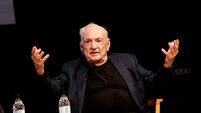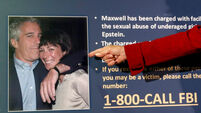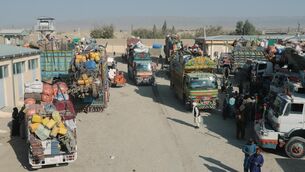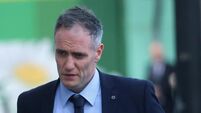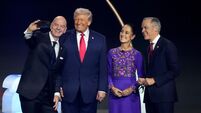Tube shooting inquiry jurors told to ignore speculation
The jurors in the Jean Charles de Menezes inquest were warned today to ignore "inaccurate" speculation and decide for themselves how he met his death at the hands of police.
Mr de Menezes was shot at Stockwell Tube station in London after being mistaken for a suicide bomber.







